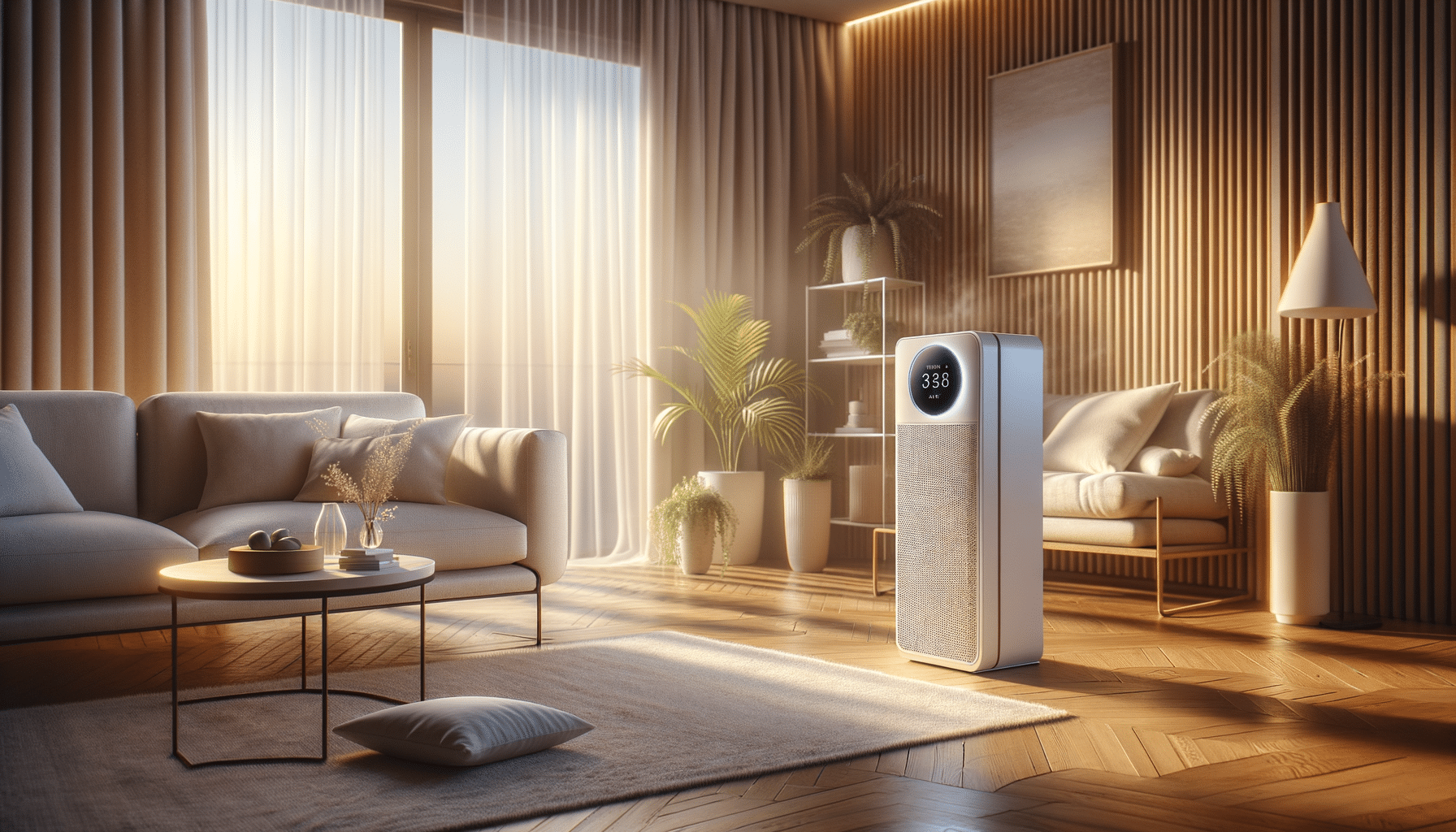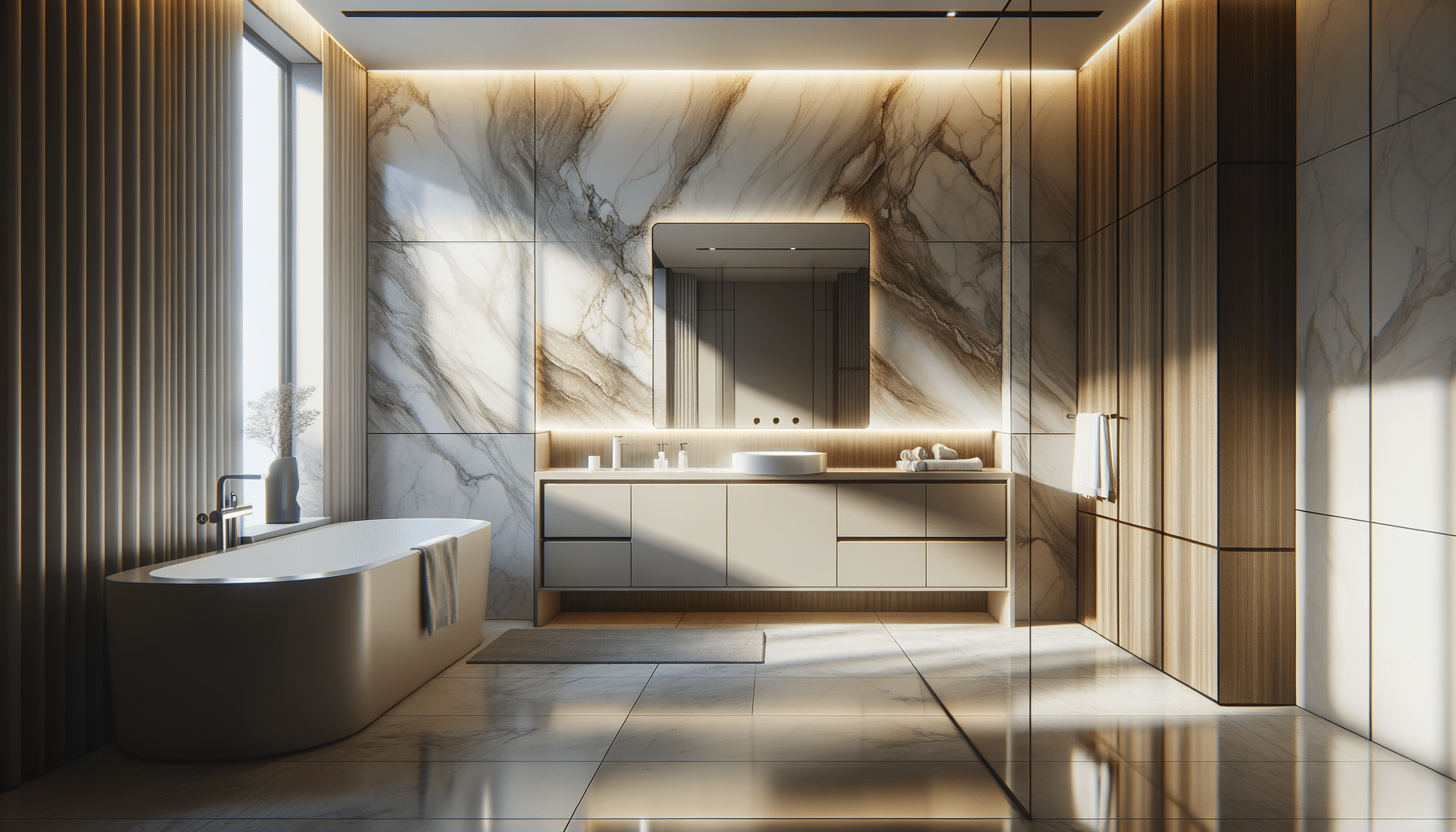
Air Purifier for Your Home — Freshness and Health Every Day
Understanding Indoor Air Quality
Indoor air quality is a critical aspect of our daily lives, often overlooked as we spend a significant portion of our time indoors. The air inside our homes can be up to five times more polluted than outdoor air due to the presence of dust, pollen, pet dander, and volatile organic compounds (VOCs) from household products. These pollutants can cause or exacerbate respiratory issues, allergies, and other health problems. Understanding the sources of indoor air pollution is the first step towards improving air quality.
Common indoor air pollutants include:
- Dust and dust mites
- Pet dander and hair
- Mold spores
- Chemicals from cleaning products
- Outdoor pollutants that enter through ventilation
By recognizing these contributors, homeowners can take proactive steps to mitigate their impact, such as using air purifiers, which are designed to filter out these contaminants and improve the overall air quality in your living space.
The Role of Air Purifiers
Air purifiers play a pivotal role in enhancing indoor air quality by removing harmful particles from the air. Equipped with filters such as HEPA (High-Efficiency Particulate Air) filters, air purifiers can capture up to 99.97% of particles as small as 0.3 microns. This includes pollutants such as dust, pollen, and even certain bacteria and viruses. Some advanced models also feature activated carbon filters that help eliminate odors and VOCs, further purifying the air.
The benefits of using an air purifier include:
- Reduction in allergens and irritants
- Decreased risk of respiratory issues
- Improvement in sleep quality
- Neutralization of unpleasant odors
By continuously cycling and filtering the air, air purifiers provide a cleaner, healthier environment, which is particularly beneficial for individuals with allergies, asthma, or other respiratory conditions.
Choosing the Right Air Purifier
Selecting the right air purifier involves considering several factors to ensure it meets your specific needs. The size of the room, the type of pollutants you want to target, and the level of noise the appliance generates are all important considerations. For instance, a larger room requires an air purifier with a higher Clean Air Delivery Rate (CADR) to effectively circulate and clean the air.
Key considerations when choosing an air purifier include:
- Room size and CADR rating
- Type of filter (HEPA, activated carbon, etc.)
- Noise levels
- Energy efficiency
- Maintenance requirements
Understanding these aspects will help you make an informed decision, ensuring that the air purifier you choose is both effective and convenient for your home environment.
Maintenance and Care for Air Purifiers
To maintain the efficiency of an air purifier, regular maintenance is essential. This includes replacing filters as recommended by the manufacturer, cleaning pre-filters, and ensuring that the unit is free from dust and debris. Proper maintenance not only prolongs the lifespan of the air purifier but also ensures it operates at peak performance.
Maintenance tips for air purifiers:
- Check and replace HEPA filters every 6-12 months
- Clean or replace activated carbon filters as needed
- Wipe down the exterior to remove dust buildup
- Ensure the unit is placed in an area with adequate air circulation
By following these guidelines, users can maximize the benefits of their air purifiers, ensuring their home environment remains fresh and healthy.
Conclusion: Embracing Cleaner Air
Investing in an air purifier is a proactive step towards improving indoor air quality and safeguarding your health. By understanding the pollutants present in your home and choosing the right air purifier, you can create a cleaner, more comfortable environment for yourself and your family. Regular maintenance ensures that these devices continue to provide the benefits they promise, working tirelessly to keep the air you breathe pure and fresh.
As awareness of indoor air quality grows, air purifiers are becoming an increasingly popular household appliance. They offer a simple yet effective solution to the invisible problem of indoor air pollution, allowing you to breathe easier and live healthier.


